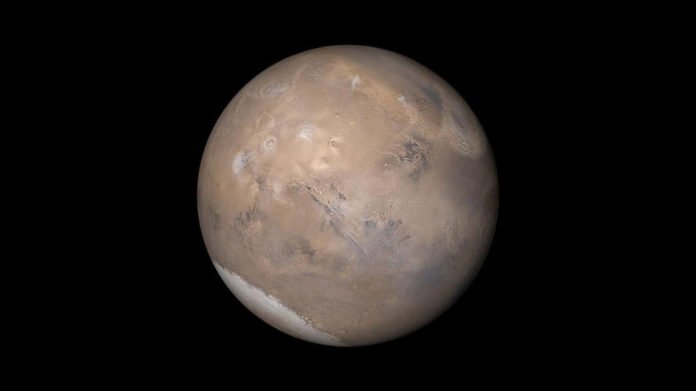Gathering the data from the European Mars Express spacecraft, obtained by a radar instrument called MARSIS, a new study by the NASA scientists suggests that liquid water may be sitting under a layer of ice at Mars’ south pole.
The study highlights how a “bright spot” was distinguished in radar motions around 1 mile (around 1.5 kilometers) underneath the surface of the ice top in the Planum Australe region. This strong radar reflection was deciphered by the study’s author as liquid water – a standout amongst the most vital elements for life in the Universe.
Jim Green, NASA’s chief scientist said, “The bright spot seen in the MARSIS data is an unusual feature and extremely intriguing. It definitely warrants further study. Additional lines of evidence should be pursued to test the interpretation. We hope to use other instruments to study it further in the future.”
This year, NASA is going to launch InSight lander, another instrument to burrow down as far as 16 feet (5 meters) below the Martian surface. Scientists say that the probe will provide crucial data on how much heat escapes the planet and where liquid water could exist near its surface.
Scientists have published their paper in Science.
